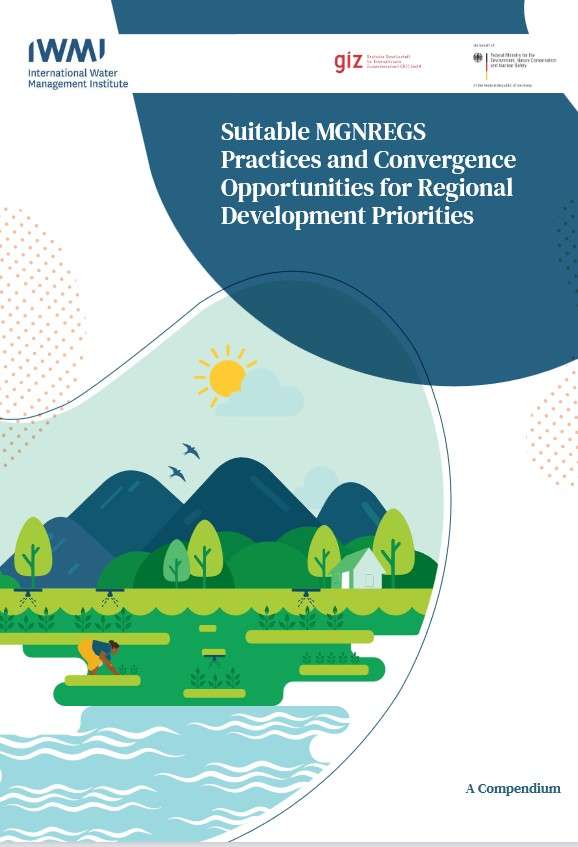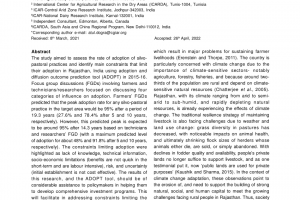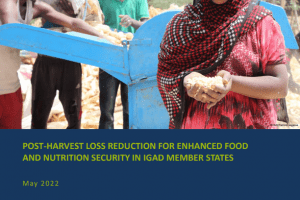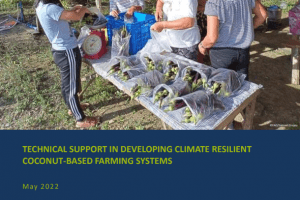Different agriculture and NRM activities are relevant for different parts of the country owing to different development requirements amidst regional agro-climatic and hydrogeological conditions. In Agricultural Water Management (AWM) Typologies, authors presented a classification of 657 districts into 12 typologies, developed by analysing the district level datasets of groundwater, irrigation access, cropping intensity and crop yields. This classification or these typologies offer a new perspective for planning development activities related to agriculture and NRM. Given the status of the critical parameter and regional agriculture development requirements, a set of development priorities are assigned for each typology.
The selection of suitable (and permissible) activities under MGNREGS for a particular typology is guided by its development priority. Given the focus on convergence with MGNREGS, appropriate opportunities at national and state levels (specific policies) for specific development priorities are also identified. These opportunities can be explored for aligning the MGNREGS activities to achieve enhanced impact on ground. It is to be noted that the activities and convergence opportunities are neither exhaustive nor prescriptive but are only indicative. They are organised along with the necessary data to support in planning water security and climate adaptation activities in rural India.





Add Comment